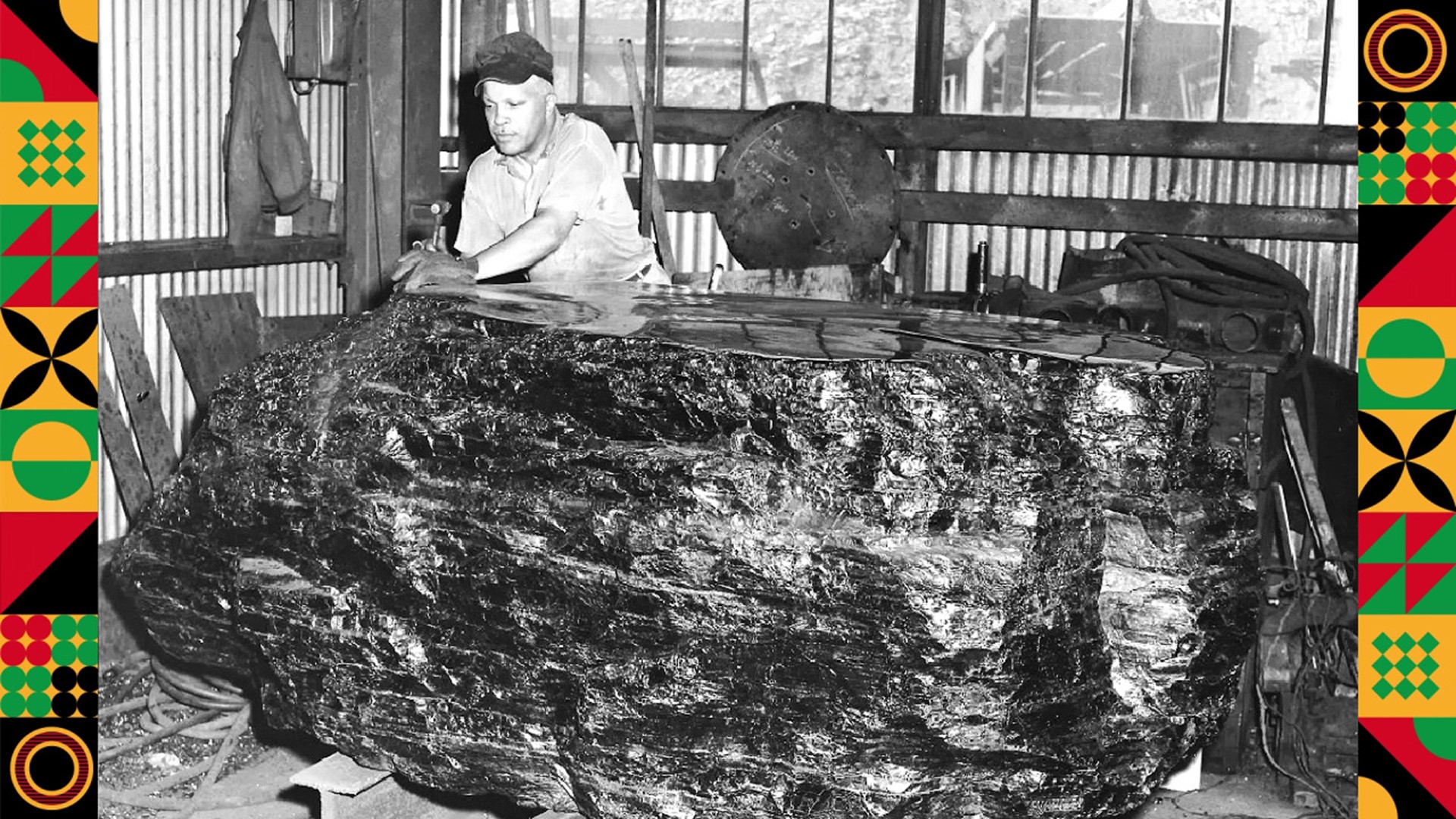SCRANTON, Pa. — The work of C. Edgar Patience can be found all over the Anthracite Heritage Museum in Scranton as well as on display in museums and collections around the country.
"We have called him and sculptor. We have called him an artist, but when I was dealing with the people at the museum, they have distinct classifications of people. And they consider my father a craftsman," said Juanita Patience-Moss, the daughter of C. Edgar Patience.
Now in her 90s, Juanita Patience-Moss remains a proponent of her father's work. His sculptures, busts, souvenirs, and jewelry are all made from anthracite coal. Much of the art was made by Patience in his workshop in West Pittston.
"The dust would be so thick it would be like fog. I'd open the door and call 'Daddy!' I never went in there. And that's what killed him; all that coal dust destroyed his lungs."
Patience died in 1972, but his work is still studied by historians and art enthusiasts.
"This is the first item that you see in the Anthracite Heritage Museum because we use this to actually talk about the properties of anthracite coal," said John Fielding, the museum's curator.
Some of his art demonstrates how anthracite—an energy source and art medium—is mined, something Fielding says is not an easy thing to do.
"Anthracite coal, it's not really stable, so it's very hard to work with. One little error can ruin an entire piece."
Luckily, Patience already had the patience to work with anthracite coal.
"He loved his work, and he was patient with it. What things did break you just start all over again," Patience-Moss said.
What he had to learn was perseverance, something he didn't have to look outside of his family tree to find.
"My great-grandfather, who ran away from slavery itself at age 17, joined the Union Army. And the idea was to fight for freedom for his people. And that's why he did it. so, there's perseverance right there," Patience-Moss said.
Patience then demonstrated perseverance with his work, setting an example for his children.
"He loved what he did, no doubt about that. He never did anything else his whole life. He was always working with his father. When his father passed away, he continued to work."
Patience-Moss says that perseverance was then passed on to her.
"Perhaps it's genetic. Who knows? I don't know. Yes, I had a lot of perseverance because I went back to college after being out for two years, many years, 44 years, and I went back to Wilkes College, and I was probably the only married woman in the class at that time in 1958."
Perseverance is what Patience-Moss says she wants her father to be remembered for the most. And we don't have to travel far to see examples of the perseverance of C. Edgar Patience in Scranton.

